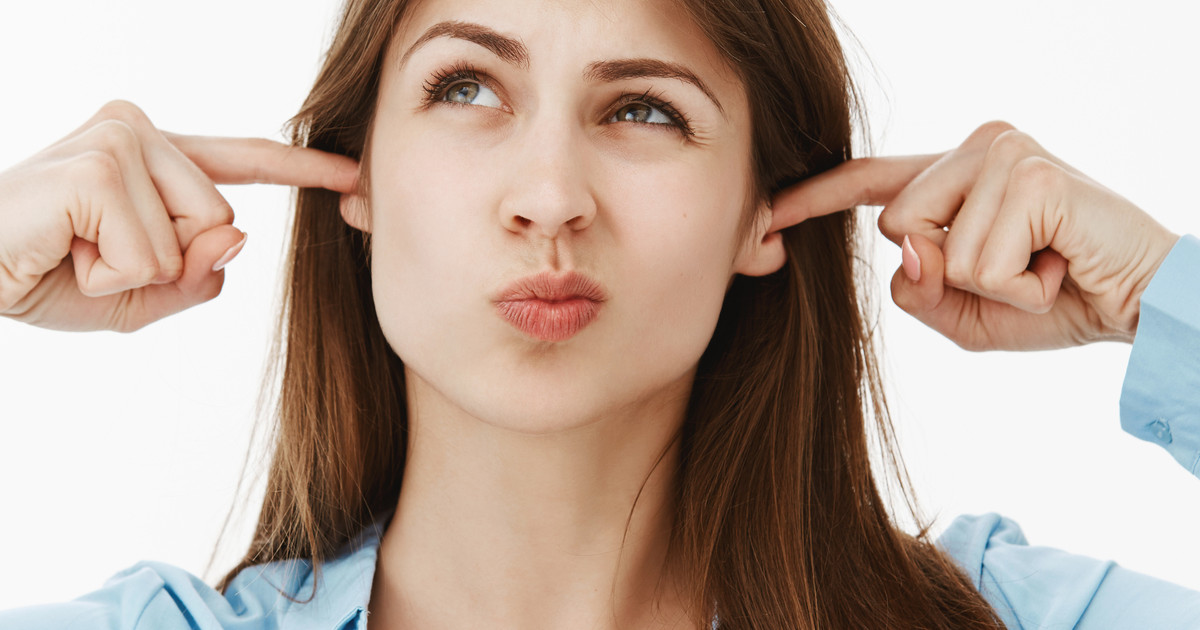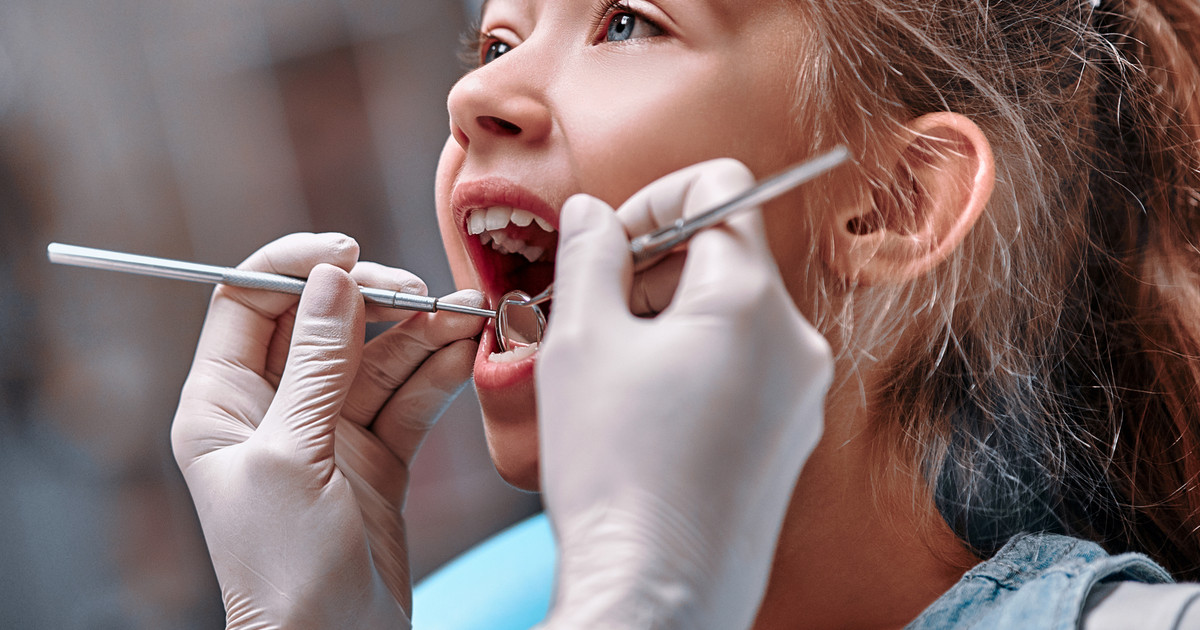Iconic Symptoms Of Turner Syndrome
Turner syndrome only affects females. It occurs when one X chromosome is partially or entirely missing. This syndrome may lead to multiple different developmental and medical issues, many of which are physically apparent. Sometimes the condition will be diagnosed before birth. In other cases, the syndrome is diagnosed when a person is an infant or a young child.
Turner syndrome treatment is necessary to manage the symptoms. Growth hormone therapy for Turner syndrome is fairly common. Many patients will also require estrogen therapy for Turner syndrome in order to begin puberty. All patients will need a team of specialists to treat various aspects of this condition. One example is a developmental therapist for Turner syndrome. Others are endocrinologists, orthopedists, and cardiologists. This team can change over time as a patient's symptoms and needs evolve.
Low-Set Ears

Low-set ears are common in individuals with Turner syndrome. These are present from birth and may lead to a diagnosis of the condition in infancy. Other physical abnormalities often accompany the ears. The ears are also often more prominent than the average person's. This is because they tend to rotate outward instead of lying flat against the sides of the head. Hearing loss is one of the common complications of this symptom. An individual might have normal hearing upon birth, but this may decline over the years. Sometimes the hearing loss happens because there's a progressive loss of function in the nerves.
Turner syndrome patients are also at a heightened risk of having middle ear infections because of their low-set ears. These frequent infections can lead to hearing loss. The middle ear refers to the place behind the eardrum that is filled with air and the ear bones. When bacteria or fungi infect the air, it can lead to damage to the bones. These bones vibrate to produce sound. If they cannot vibrate properly, they will not transmit sound properly.
Read about more symptoms of Turner syndrome now.
Jaw And Palate Abnormalities

Jaw and palate abnormalities are also common with Turner syndrome. Patients may have a high and narrow palate, and their lower jaw may also be unusually small or receding. Abnormalities in these structures can lead to abnormalities in tooth development. It is common for Turner syndrome patients to have a misaligned bite and a higher risk of tooth decay. Thus, compassionate dental care is an important aspect of managing Turner syndrome.
Not everyone with Turner syndrome will have the same jaw and palate development. In addition to the palate and jaw abnormalities, Turner syndrome patients might have dental abnormalities that include thin enamel, too little dentin, roots that are too short, and a reduction in the size of their teeth. The receding jawline may also cause teeth to erupt early, and the mouth may be crowded with adult teeth. Because of this, Turner syndrome patients may develop periodontal disease, and they may be more likely to need teeth removed than the average individual.
Keep reading to learn about more symptoms of Turner syndrome now.
